Newly revealed research shows Apple is looking at mimicking the iPhone's glass back for an all-glass MacBook Pro, which could also incorporate a touchscreen.
If you could only go by the newly-revealed patent application "Electronic Device," you would think that the touchscreen element is less likely than the glass-back MacBook Pro. It's in this patent application practically as an aside, although it does crop up on eight pages, and each time in increasing detail.
Plus you don't have to go by this one patent application. Apple has previously been rumored to introduce a touchscreen MacBook Pro at some point in 2025.
Yet the real focus of the unusually boringly-named "Electronic Device" patent application is this business of the MacBook Pro lid being made of glass. Apple has been looking at whether, or when, to take the display part of a MacBook Pro and change to using glass on the back of it, where the Apple logo goes.
"Because laptop computers are typically portable devices, factors such as size, weight, and durability can affect the overall usefulness of the device," says Apple. "Further, the particular materials used for the laptop computer, and in particular, for the enclosure components, can impact the size, weight, and durability of the computer."
"For example," it continues, "enclosure materials such as plastic may be light, but may have relatively low durability."
Consequently, what Apple proposes is that the lid of a MacBook Pro contain "a metal housing component that defines the peripheral side surfaces... and glass sheets for the front and back surfaces of the display portion."
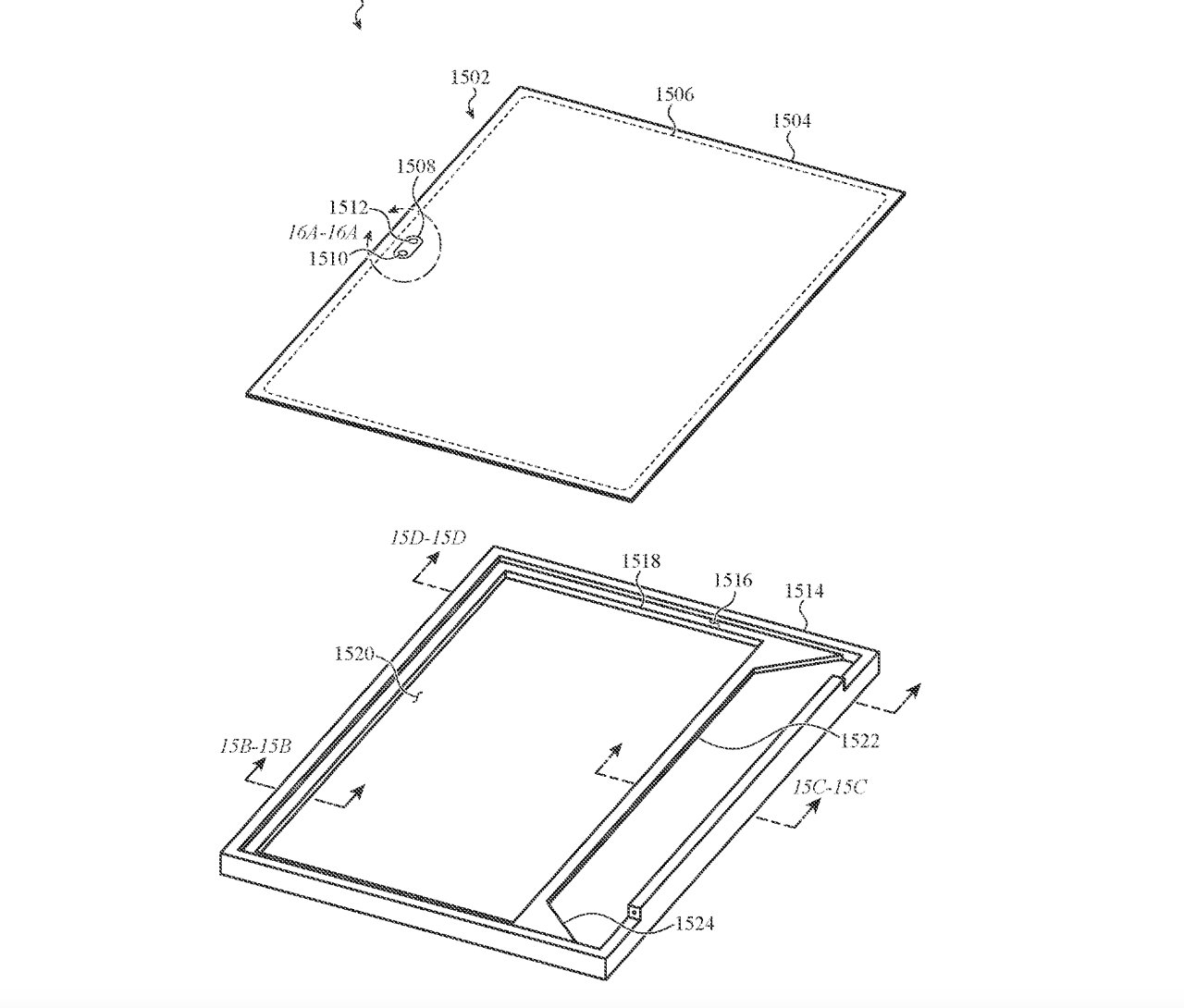 A great proportion of the patent application concerns the assembly and gluing of different parts of a screen.
A great proportion of the patent application concerns the assembly and gluing of different parts of a screen.While most of the patent talks about an entire glass panel, at points, Apple refers to only parts of the back surface being glass. The patent is more than Apple just wanting to introduce a display, or to return us to those pre-2015 days when the Apple logo would light up.
"[Instead, this] configuration produces a display portion that is thin and light, while maintaining a high degree of stiffness," continues Apple. "Additionally, because the back of the display portion is made of glass, the back may be more resistant to scratches, cracking, warping, and other damage to which other materials may be susceptible."
Apple is regularly claimed to be working to merge the Mac with the iPad — and the company keeps saying no. Usually, though, what leakers mean by merging these devices is to have the same software operating system across them both.
In this case, Apple would actually be taking a hardware element of the iPhone and bringing it to the Mac. It's not the first time that an idea like this has been explored, either, as at one point Apple was shown to be researching making an iMac entirely from one sheet of glass.
This patent application is credited to four inventors. They include Lauren M. Farrell, who has many previous credits for patents and applications regarding displays.
 William Gallagher
William Gallagher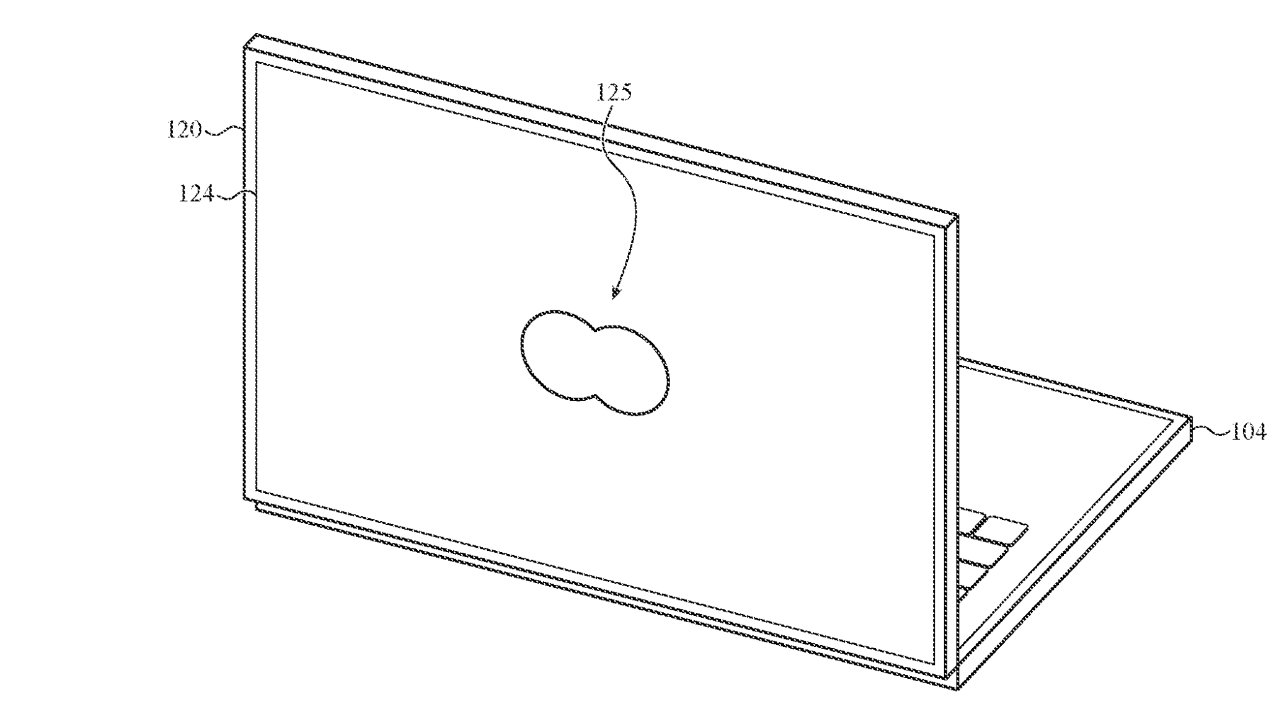
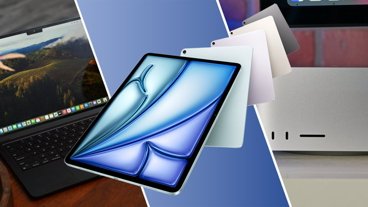


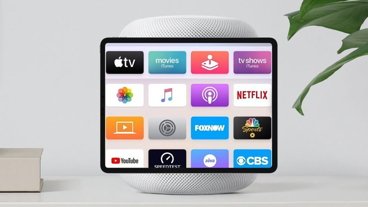
-m.jpg)


-m.jpg)





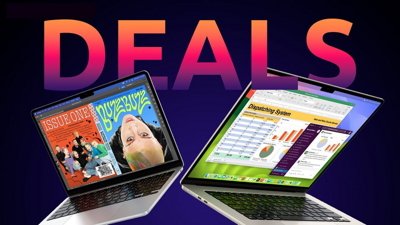
 Christine McKee
Christine McKee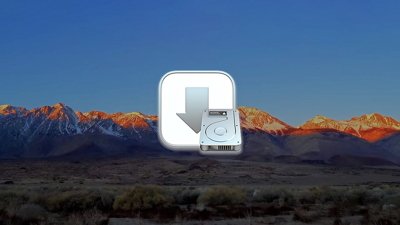
 Chip Loder
Chip Loder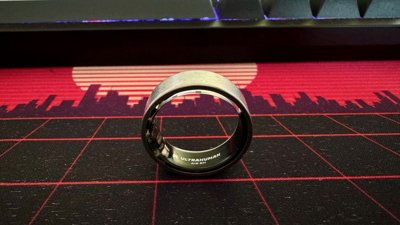
 Oliver Haslam
Oliver Haslam
 Malcolm Owen
Malcolm Owen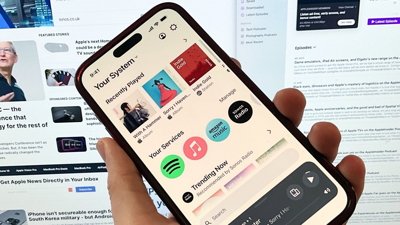

 Amber Neely
Amber Neely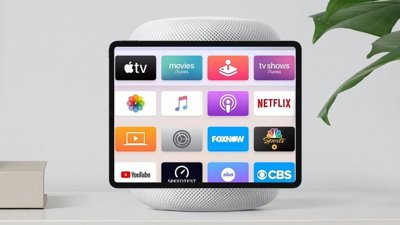
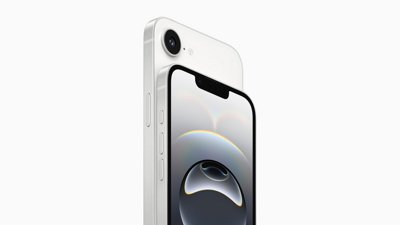
 Andrew Orr
Andrew Orr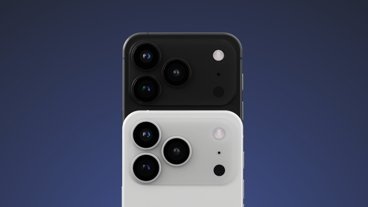


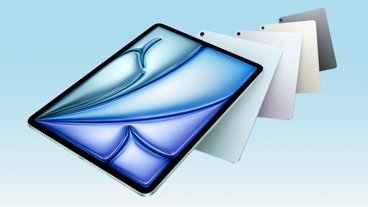



9 Comments
This patent reads more like a very broad description of a lot of things for the purposes of potentially a) muddying the waters to make it more difficult to predict new features Apple actually has in the pipeline, or b) using patents to block any number of other things that competitors may potentially be working on but haven't patented yet.
Back in the real world, it doesn't make much sense to put a glass back on the MacBook just for the sake of aesthetics, weight, or structural integrity. Without a protective cover, a large glass surface in that position would a) not be noticeably lighter than the current Aluminum (it might even be heavier), while b) absolutely be vulnerable for cracking and almost infinitely more blunt-force damage events than are currently experienced with an aluminum body.
One might conjure up an idea of a hybrid iPad/MacBook device, where the closed lid presents an iPad and the opened lid presents a MacBook. This implementation is highly unlikely because it presents more problems than it solves. First is of course the potential damage to an exposed back glass without a large protective case. Second is a really heavy iPad. Third is an iPad without the currently available keyboard case, unless the device would open and render iPadOS (or an all-in-one OS, but see below) on the inside screen. Fourth is having a MacBook and an iPad that can't operate in a sidecar dual-screen configuration. The list goes on.
Next, people will revisit the idea of merging MacOS and iPadOS. As always, this represents iPadOS-related bloat that would negatively affect the Mac lineup that includes everything from MacBooks to Mac Pro, while severely loading iPads with MacOS code necessary to the upper end of the Mac lineup that has no utility on an iPad. People keep forgetting that a significant part of Apple's "it just works" reputation is achieved by eliminating variables unnecessary to running whichever device in your hands. Unlike MS Windows or Google Android, Apple creates operating systems only for its own limited number of in-house supported models and configurations, which allows the OS to not take on bloat for endless anticipated and unanticipated options that other hardware manufacturers might throw at it. Apple is fundamentally built on not trying to be all things for all people all of the time. It makes sense for there to be a line between the OS that operates a Mac Pro and the OS that operates an iPad. Given that, it makes sense for that line to be drawn between the MacBook and the iPad, not somewhere between that MacBook and the Mac Pro.
Seems Apple’s design group had become fascinated or infatuated with glass based designs in the past 5 to 8 years.
I can see Apple wanting to replace plastic pieces with glass pieces, as part of their drive to get rid of plastic. So, R&D efforts using more glass is something they’d be doing. Some crazy ideas being floated.
How about an all-in-one, see-through iMac? Oh, wait ...
Apple knows the best Mac they are working on now is the M3 iPad Pro.
Imagine a device that thin, with mac os, USB C, 5G, touchscreen, native apple pencil support.
It would be a hit! I would buy it in a heart beat.